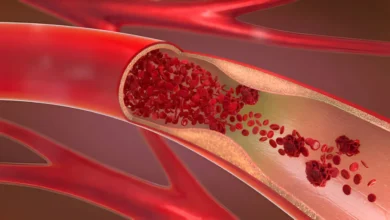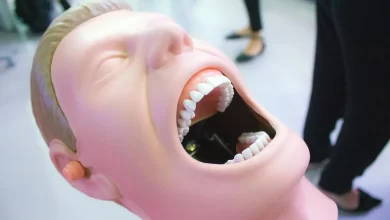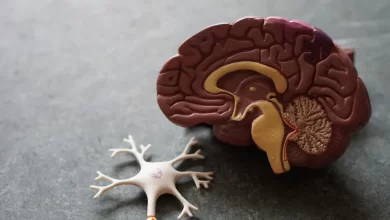The liver is the biggest solid organ and the biggest gland in the human body. About 500 essential functions are performed by the liver. The liver also assists the digestive system with detoxification, protein synthesis, and the production of chemicals that aid in food digestion.
- The liver is so crucial to existence that we can live with only one part of the liver, whereas we can’t live at all without this organ. If there was no liver, our blood won’t properly clot, which would cause uncontrolled bleeding, plus toxins and other harmful chemicals will build up in our blood.
- Clubbing is a condition that causes the hands to swell up and makes the fingers look like fat sausages. It is caused by the liver malfunction.
- The liver is reddish-brown in color, is a large and meaty organ.
- The human liver consists of approximately 1 million of these classical hepatic lobules. These are small divisions of the liver defined at the microscopic (histological) scale.
- The hepatic lobule is a liver tissue-building block consisting of a portal triad of hepatocytes arranged between a capillary network and a central vein in linear cords.
- Bile produced by the liver is responsible for making your feces a brownish, green color. It also helps indigestion.
- The liver is the heaviest and largest internal organ of the body and weighs about 1.6 kg.
- The liver is made up of two parts, one which is called as right and left lobe. The right lobe is the biggest part.
- The liver performs more than 500 different functions, including storing vitamins, minerals and removing harmful chemicals from the blood.
- Liver cells take several years to replace themselves.
- Out of all metabolic organs, the liver is the most complex organ.
- The liver is the only organ in our body that can regenerate itself. The liver needs only 25% of its original tissues to regenerate completely.
- The normal functioning of our brain somewhat depends upon the liver as plasma glucose, and ammonia levels are regulated by this organ only.
- It is the function of the liver to store water and helps in carbohydrate metabolism.
- It is the responsibility of this tissue e to maintain healthy levels of cholesterol.
- The medicines we take is not taken by the body directly. It is the liver that converts the medicine into a useful form.
- The food we eat is somewhat not sufficient for our body, and so the liver produces a protein of its own.
- The liver keeps a balance in thyroid hormones, sex hormones, cortisone, and other adrenal hormones. It transforms or removes any excess from the body. If the liver cannot do this properly, there is the risk of emotional imbalances.
- The liver holds about one pint (13%) of the body’s blood supply at any given moment.
- Liver functions as an organ as well as a gland as it secrets chemicals that are used by other parts of the body.
- Thomas Starzl, also known as the “father of transplantation,” performed the first liver transplant on May 5, 1963. No patient survived in the operation.
- The first successful liver transplantation occurred in the year 1967.





